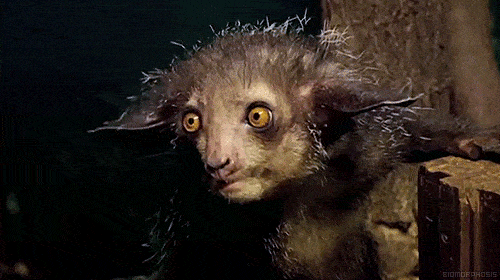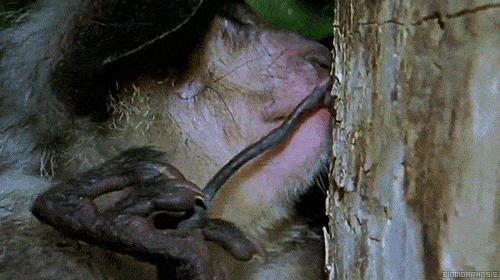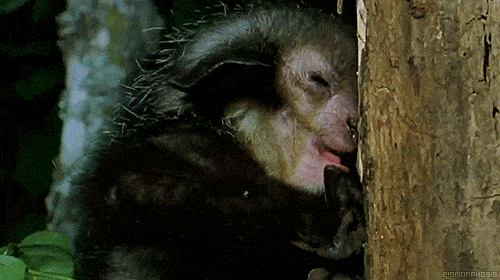Exclusively found in the north-eastern parts of Madagascar, these peculiarly looking primates may both be the strangest and adorable looking things you’ll see all day.
Aye-ayes (Daubentonia madagascariensis) are dark brown or black and are distinguished by a bushy tail that is larger than their body. They also look a lot like gremlins. Distinguishing features include big, penetrating eyes, large sensitive ears and very long and slender fingers. Actually, an aye-aye’s middle finger is particularly longer than the other digits, which the primate makes good use of by tapping trees for wood-boring insect larvae moving under the bark. It employs the same middle finger to fish them out. Yum!
[ALSO SEE] Pica – the practice of eating dirt and soil in Madagascar
I personally find the aye-ayes incredible animals, but the natives have a different story to tell. Because of their bizarre appearance, ancient legends of Malagasy considered it the symbol of death – its eerie call doesn’t help it much either. In fact, that middle finger the aye-aye is so keen on using all the time is what sealed its fate as a death bringer. Natives believe that if an aye-aye points its middle finger at you, then death will soon befall. So… aye-ayes usually get killed on sight. It’s no wonder the species is listed as critically endangered with fewer than 1000 specimens left in the wild.









